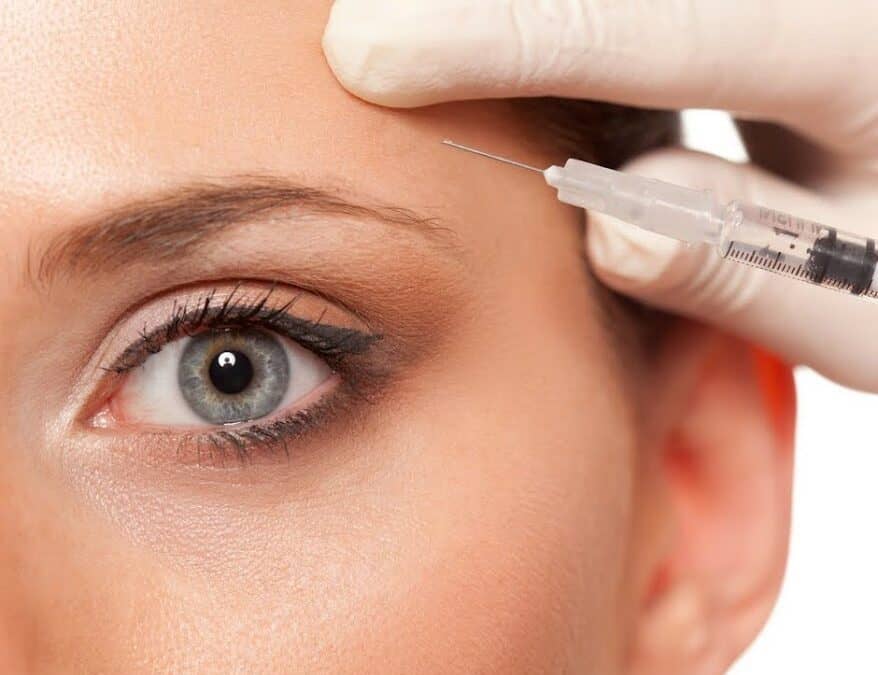4 Conditions That Benefit From Botox Injections

Botox may offer you long-lasting health benefits outside of those it is well known for. Botox injections are primarily a procedure to reduce fine lines and wrinkles that naturally come with aging. This cosmetic application is a proper use of this medication, but Botox does so much more and has many non-cosmetic ramifications most people have not even considered. Here are a few other ways Botox may be beneficial to you.
1. Migraine Headaches
There are headaches, and then there are migraine headaches. The difference is migraine headaches present with the following symptoms:
- Severe throbbing pain in one area of your head
- Extreme sensitivity to light and sound
- Visual disturbances
- Nausea
- Vomiting
If you have headaches more than half the month, and eight or more are migraines, Botox injections could treat your migraine headaches.
Studies have shown that half the people who received at least two Botox shots cut the number of headaches they experience each month by 50 percent. After five treatments of Botox, approximately 70 percent of participants reported a reduction.
Botox works by blocking your neurotransmitters from carrying the pain signals from your brain to the nerve endings in your head or neck. This blockage eliminates the throbbing pain or pulsing sensations your body experiences during your migraine.
2. Overactive Bladder
Some conditions are much more prevalent as people age. One of these is an overactive bladder. Symptoms of an overactive bladder include:
- Frequent or sudden urges to urinate
- Difficulty controlling urination
- Urinating eight or more times during a 24 hour day
- Getting out of bed multiple times to go to the bathroom
If you have experienced any of these symptoms and have tried medications, diet changes, and exercises with no results, Botox treatments may help treat your overactive bladder.
Botox treatments are performed under local anesthesia in your doctor’s office using an inserted catheter and a small scope. The Botox injections are placed into your bladder walls using a small needle passed through the inserted scope. Botox treatments successfully reduce or eliminate urinary incontinence in more than 70 percent of patients.
3. Blepharospasm
Minor eyelid twitching or eye muscle spasms you can’t control are called blepharospasms. Everyday irritants, fatigue, caffeine, or stress cause these contractions. Usually, these twitches or spasms go away after a short period. If they do not, you may need a Botox treatment.
A Botox injection into the muscles surrounding your eye will cause the area to relax. Your doctor’s office will perform the procedure with minimal post-injection complications.
These complications include slight pain or swelling at the injection site and dry eyes. You can alleviate your dry eyes with over-the-counter eye drops or medications.
4. Strabismus
Being crossed-eyed, or having strabismus, is when your two eyes do not line up simultaneously. Strabismus is more common in children than adults and is most commonly caused by the six different muscles surrounding your eyes not working together properly.
When this occurs, each image sends a different image to your brain, causing your brain to choose which image to focus on. While numerous disorders can cause strabismus at birth in children, adults can also develop the condition.
In adults, common causes of strabismus include:
- Traumatic Brain Injury (TBI)
- Strokes
- Eye injuries
- Eye diseases
- Diabetes
- Vision loss
Botox is a safe and effective way to help control the muscles that position your eyes. The Botox will be injected directly into your eye muscles using a special needle. The treatment usually lasts 3 to 4 months, according to the American Academy of Ophthalmology, but repeated injections can last for extended periods.
Jaibaji Plastic Surgery can safely and effectively perform Botox treatments to these areas of your body as well as any other sites that may require treatment. Give us a call today for a consultation and our professional recommendation.

